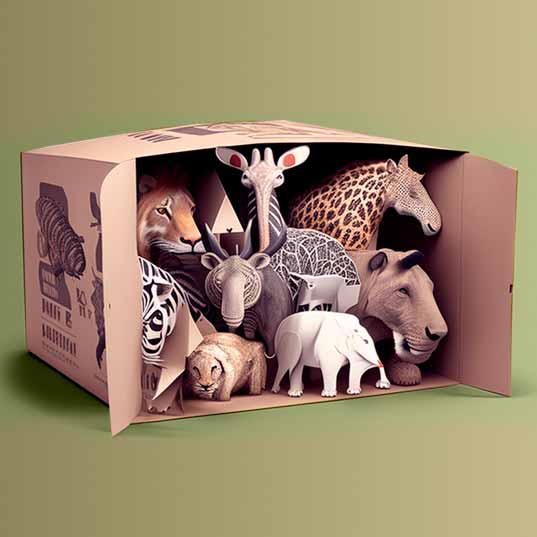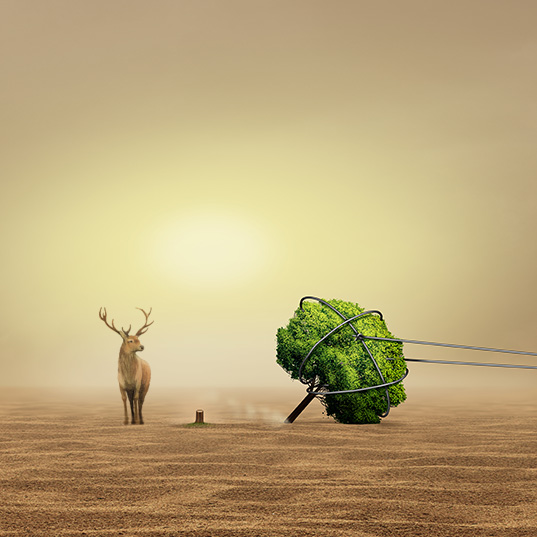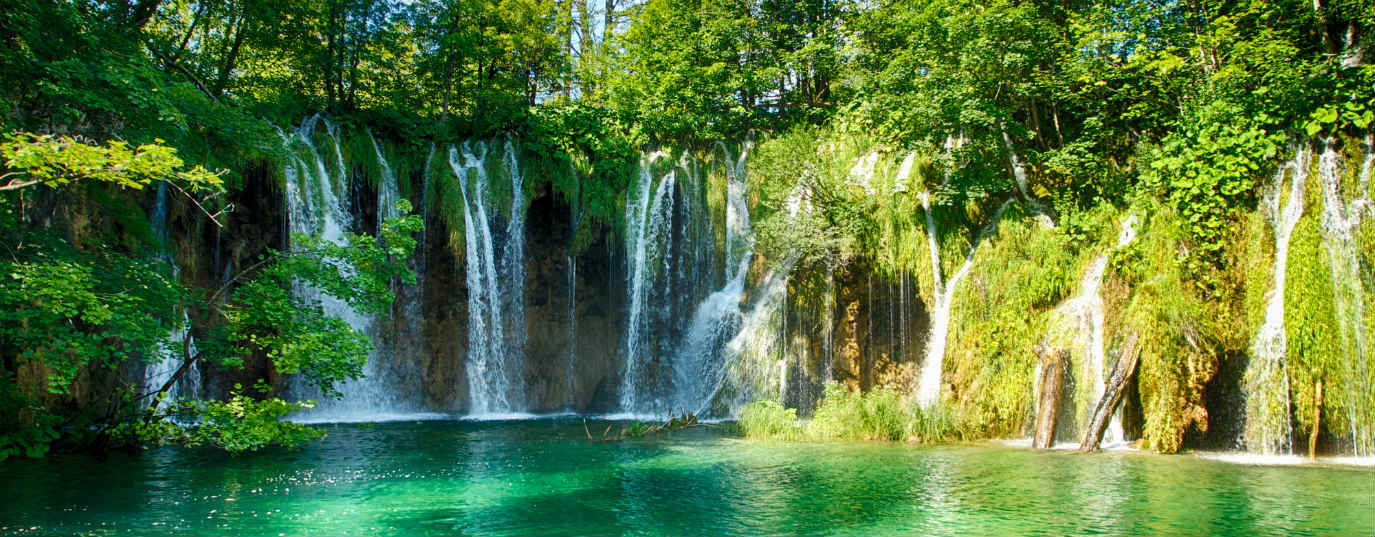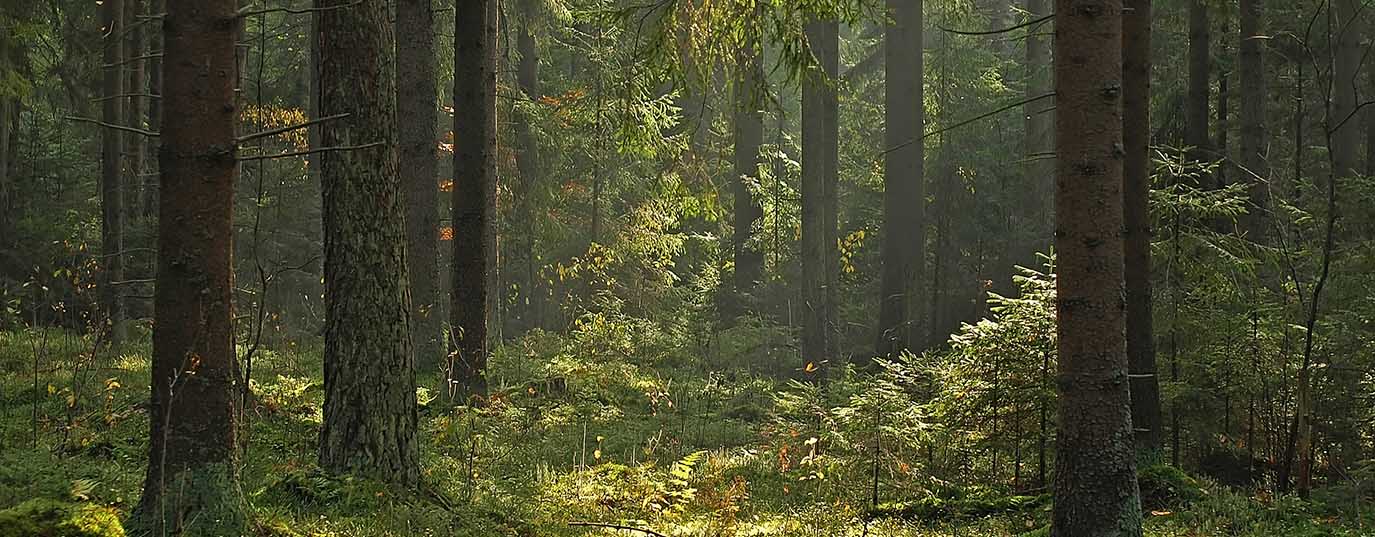Sustainable regeneration, Earth as a biodiversity paradise
Preventing further degradation of habitats, and regenerating the relationship between humans and nature, are the goals of the United Nations Decade on Ecosystem Restoration.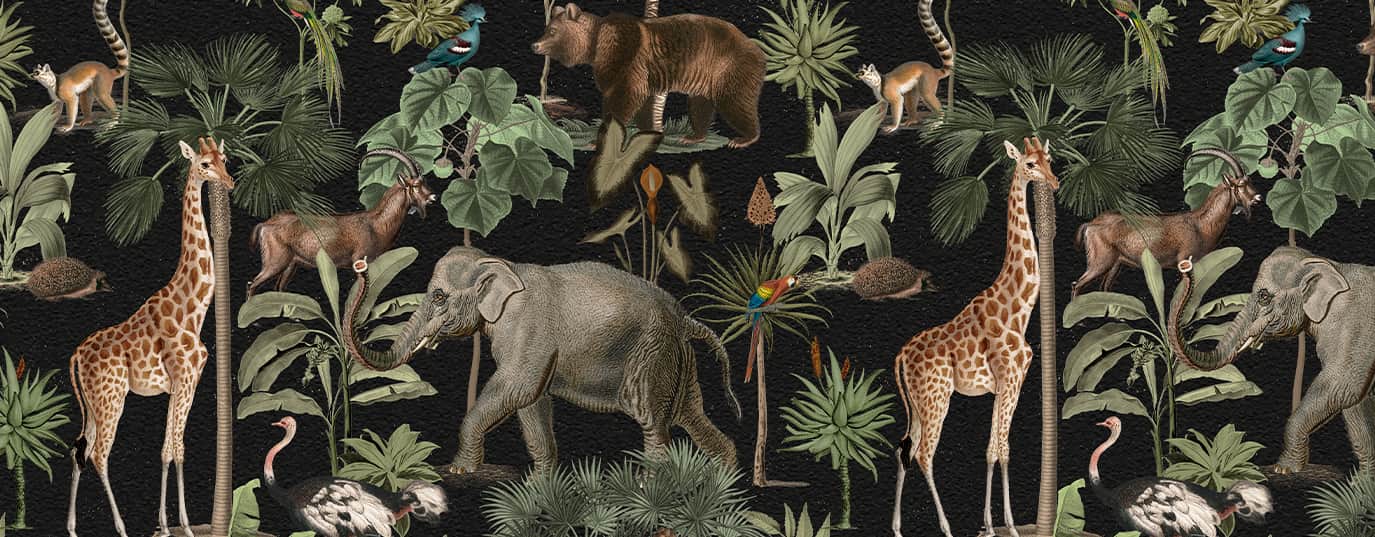
Biodiversity is life. Or, more precisely, the great span of lifeforms hosted by our planet and the connections between them. It’s the fruit of millions of years of evolution molded by natural processes and, increasingly, human actions. Unfortunately, actions that are not always for the best, since human activities are responsible for the biodiversity loss suffered by our planet. Are we aware of what this means for the sustainability of life on Earth?
What will I learn from this article?
The concept of biodiversity
 2021 ended with a final piece of bad news. US biologist Edward O. Wilson died, aged 92, after a long and prolific career dedicated to studying the natural world and inspiring others to care for it as he did.
2021 ended with a final piece of bad news. US biologist Edward O. Wilson died, aged 92, after a long and prolific career dedicated to studying the natural world and inspiring others to care for it as he did.
Known as “the new Darwin” or “the father of sociobiology”, his most important contributions included coining and popularizing the term ‘biodiversity’, and all the work he undertook to raise awareness in society of its value.
So what is his legacy? To begin with, the idea that biodiversity comprises a broad variety of existing plants, animals and micro-organisms, as well as the ecosystems that are home to multiple interactions between their members. And the connections among all of them that are essential for the maintenance of life on Earth.
“Biodiversity comprises a broad variety of existing plants, animals and microorganisms, as well as the ecosystems that are home to multiple interactions between their members”
The problem of biodiversity loss
But, rather than protecting biodiversity, humanity appears to be continuing to wage a war against nature. The world has already lost 14% of its coral reefs – some 11,700 square kilometers – due to the increasing temperatures of ocean surfaces and other human activities such as overfishing and unsustainable tourism in coastal areas.
Wildlife populations are seriously falling. The number of species at risk is growing all the time and there are already over a million species in danger or at risk of disappearing. And, as living organisms interact in dynamic ecosystems, the disappearance of a species can have a great impact on the food chain or the seriousness of the effects of climate change.
“There are already over a million species in danger or at risk of disappearing”
In addition, deforestation, climate change and the transformation of natural spaces into farmland is causing the disappearance of over 24 billion tonnes of fertile soil every year.
But the consequences could get much worse. We are risking the loss of the basic service that healthy, sustainable ecosystems offer us, as we have already seen in previous articles. Felling of trees in forests eliminates shade, temperature regulation and humidity, food and the habitats of animals offered by the ecosystem.
In brief, what are the consequences of biodiversity loss?
- Worse effects of climate change
- Degradation or loss of big carbon sinks like forests and oceans
- Extinction of species
- Expansion of deforestation
- Endangered sources of food and potable water
- Problems related to security, health and social justice
- Economic loss.

How can we stop biodiversity loss?
Although, sadly, the world can no longer count on Edward O. Wilson, fortunately his ideas still remain. And, in order to warn about, stop and reverse biodiversity loss across the world, the United Nations declared a Decade on Ecosytem Restoration (2021-2030): ten years to find ways to stop the degradation of habitats and regenerate the relationship humans have with nature.
Ecosystem restoration can be achieved by many means; for example, through active plantations and eliminating pressures, so that nature can recover by itself.
Governments, non-governmental organizations and the scientific community need to work together to create incentives to conserve natural habitats and protect species, while disincentivizing behavior that contributes to habitat loss and degradation. Sustainable development must also be used as the roadmap for creating new farmland and spaces for people.
The restoration of ecosystems is fundamental to achieving the Sustainable Development Goals (SDGs), especially those related to climate change, the elimination of poverty, food security, water, and biodiversity conservation. It is also a pillar for halting desertification and climate change. We must change direction and transform our relationship with the natural world – or we will come to regret the further loss of biodiversity.
Sources:
- https://www.un.org/sustainabledevelopment/es/biodiversity/
- https://www.britannica.com/science/biodiversity-loss
- https://www.bbc.com/news/science-environment-58859105
- https://www.europarl.europa.eu/news/en/headlines/society/20200109STO69929/biodiversity-loss-what-is-causing-it-and-why-is-it-a-concern


